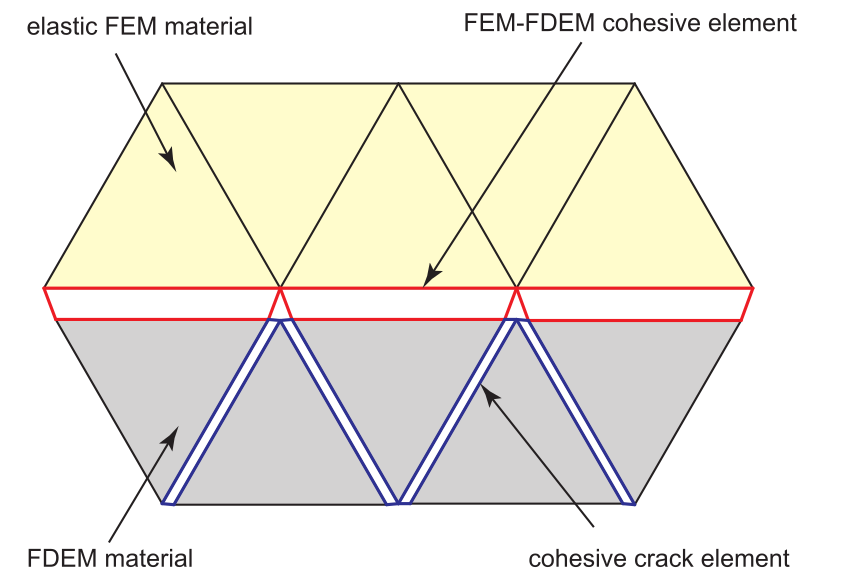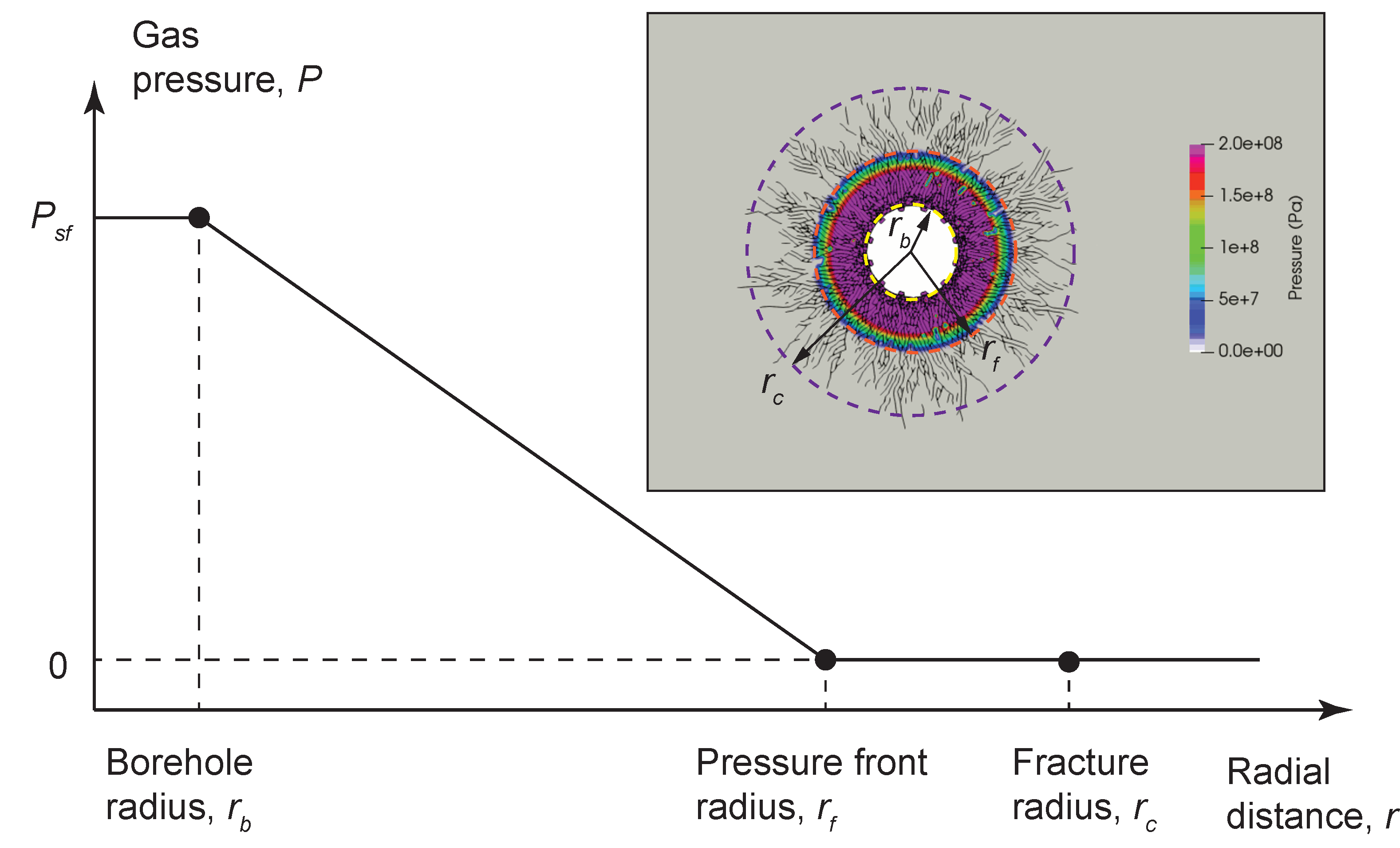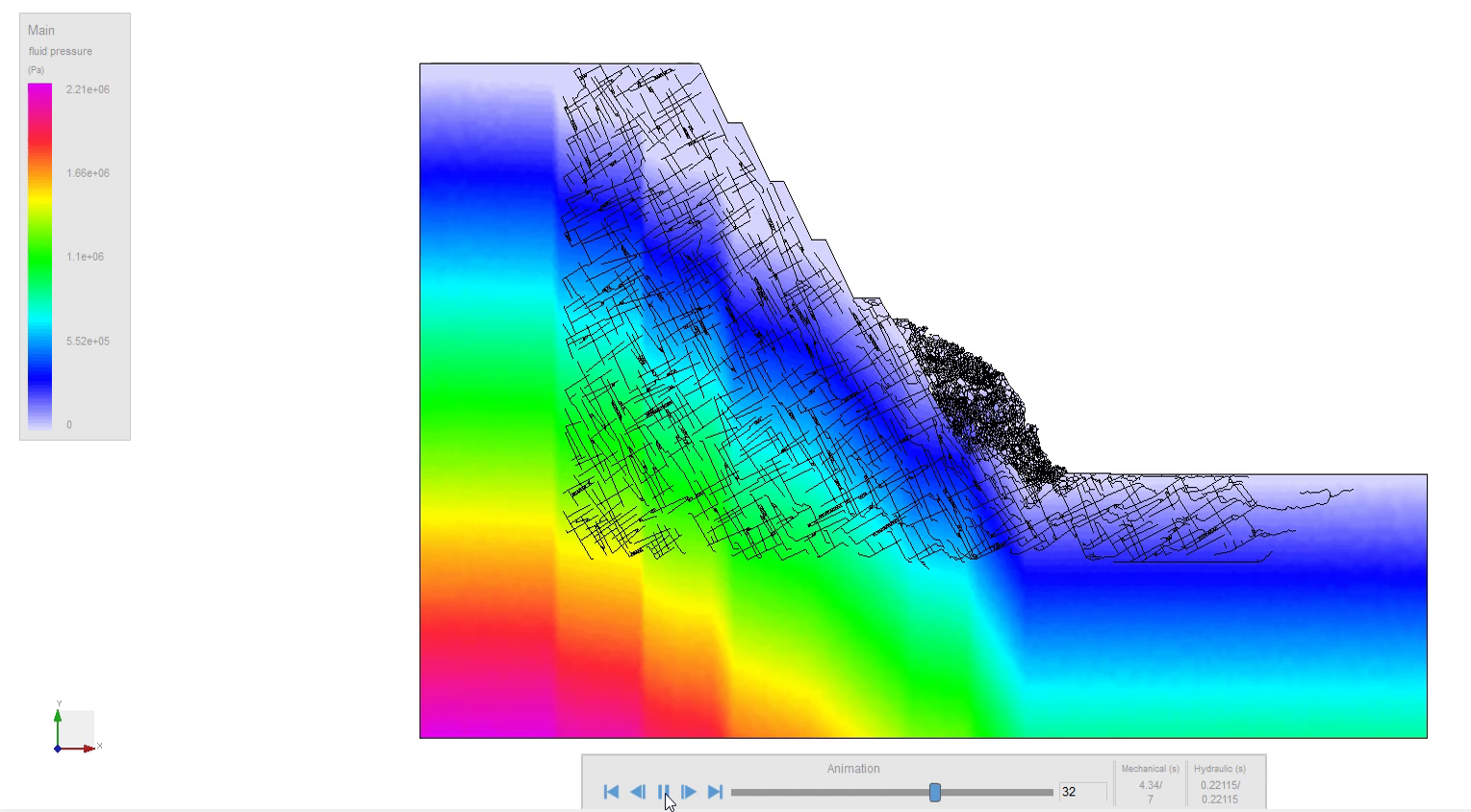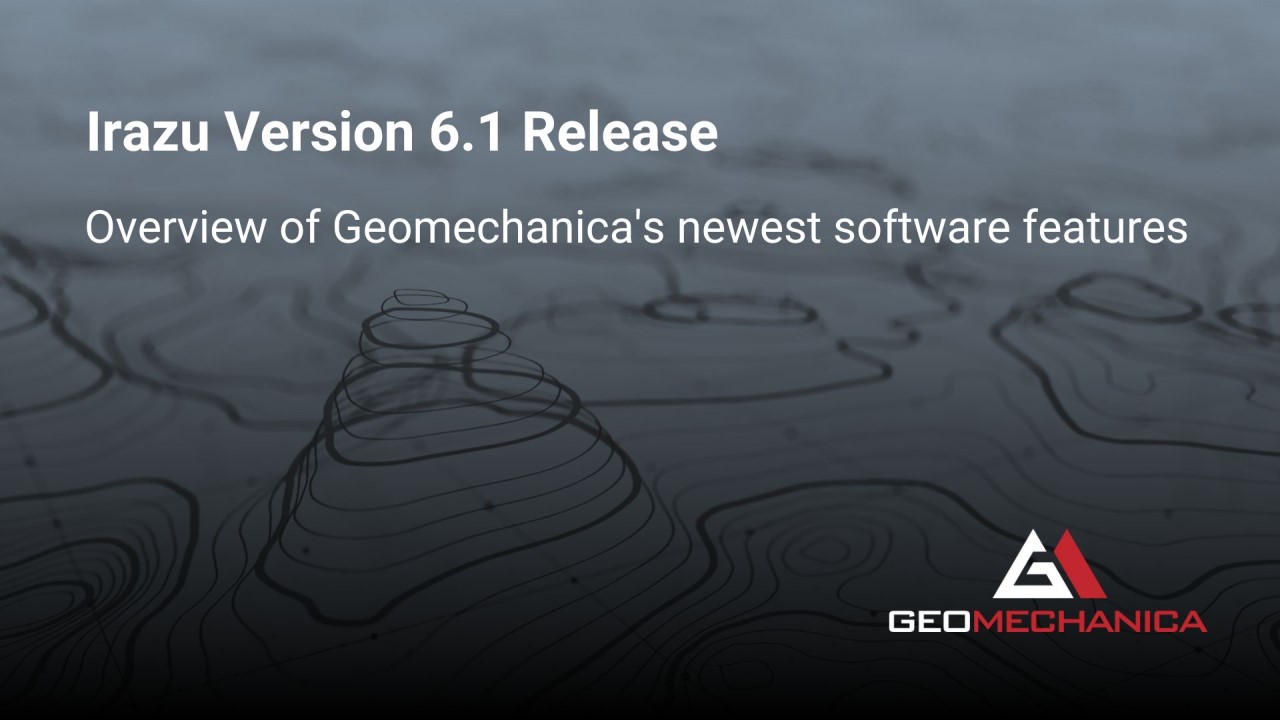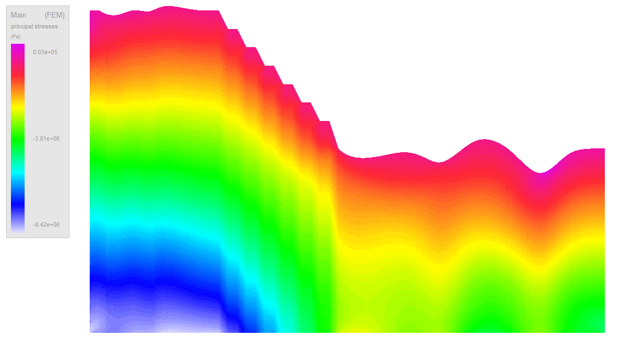In Irazu version 6.1, a new elastic FEM material model has been added to grant the ability to explicitly define unfracturable domains within an FDEM model. Ultimately, this leads to significantly reduced simulation run times without compromising the accuracy of the result. In addition, we would like to provide a sneak peek of new elasto-plastic … Read more
FDEM
A new set of boundary conditions were implemented in Irazu version 6.1 to simulate the fluid-pressurization of a growing network of fractures that are connected to an initial, user-defined cavity (e.g., borehole). The motivation for the implementation of this type of boundary condition is to simulate the dynamic propagation of high-pressure compressible fluids into fractures … Read more
Irazu version 6.1 has launched and there are several new and exciting features that have been implemented including: Elevation-varying water table (Irazu 2D) A new hydraulic boundary condition has been added to Irazu 2D Hydro, granting the capability to impose elevation-varying hydrostatic fluid pressures to a model. In addition, the water table can be temporally … Read more
We recently hosted a webinar to provide an overview of the latest features of Irazu version 6.1 in action. We also demonstrated two practical applications of Irazu, including a slope stability problem using the new time-varying, user-imported water table profiles, as well as a tunnel excavation model with mixed FEM and FDEM material models. For … Read more
In the latest release of Irazu V6.1, three new methods of in-situ stress intialization have been implemented. These new options give our users greater flexibility and more control over the in-situ stress field, allowing for more complex problems to be simulated. A description for each of the new in-situ stress initialization methods is provided below. … Read more
